
Table of Contents
Introduction
Ink wash, a classic artistic technique rooted in Eastern traditions, involves the delicate application of ink to create ethereal, flowing, and textured effects. Translating this traditional method to digital mediums offers artists a canvas to explore the depth and beauty of ink wash without the limitations of physical materials.
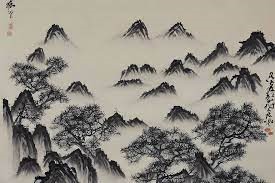
Understanding Ink Wash Techniques
Nature of Ink Wash
Ink wash involves diluting ink to varying degrees, creating gradients of shades from deep black to delicate grays. Artists manipulate the flow of ink, utilizing washes, splatters, and controlled strokes to evoke depth and texture.
Layering and Transparency
A hallmark of ink wash art is its translucency and layering. Artists build layers of ink, allowing each layer to partially show through, creating subtle tonal variations and a sense of depth within the artwork.
Emulating Ink Wash Effects Digitally
Utilizing Digital Brushes
Artists harness digital brushes in software like Procreate, Photoshop, or Clip Studio Paint to replicate the fluidity and texture of ink wash techniques. These brushes emulate the properties of ink, offering a wide range of textures and opacities.
Custom Brush Creation
Developing custom brushes allows artists to tailor brushes to mimic specific ink wash effects. By adjusting brush properties like flow, opacity, and texture, artists achieve a high level of control and fidelity in their digital ink wash creations.

Techniques in Digital Ink Wash
Gradient Washes
Artists replicate gradient washes by utilizing varying levels of pressure or opacity with digital brushes. They mimic the smooth transitions from dark to light tones, creating the characteristic softness of ink washes.
Layering and Transparency
Similar to traditional methods, artists employ layering techniques in digital mediums. They build up layers of ink digitally, adjusting opacities to achieve translucency and subtle tonal shifts, creating depth within the artwork.
1. Emulating the Fluidity of Ink:
Digital ink wash techniques emphasize the fluid and spontaneous nature of ink, allowing artists to create delicate brushstrokes, soft washes, and expressive transitions between tones. Artists utilize digital brushes that mimic the behavior of traditional ink brushes, enabling them to control the flow and intensity of their digital strokes.
2. Capturing Subtle Tonal Variations:
Digital ink wash techniques recreate the subtle tonal variations and atmospheric effects characteristic of traditional ink wash painting. Artists manipulate the opacity and blending modes of digital ink layers to achieve soft gradations of tone, capturing the nuances of light and shadow in their digital creations.
3. Harnessing Texture and Impasto Effects:
Digital ink wash techniques introduce texture and impasto effects, adding depth and dimension to digital paintings. Artists utilize textured brushes, digital masking techniques, and layering strategies to replicate the tactile qualities of traditional ink wash painting, creating a sense of physicality in their digital artworks.
Texture and Detailing

Texture Simulation
Simulating the texture of traditional paper or rice paper is key in digital ink wash art. Artists experiment with brushes, adjusting settings to emulate the porous and absorbent nature of these surfaces.
Fine Detailing
Incorporating fine details within the washes adds intricacy to the artwork. Artists utilize smaller brushes or erasers to create delicate lines or textures, enhancing the overall visual impact.
Mastery and Experimentation
Mastery of Digital Tools
Achieving authentic ink wash effects in digital mediums requires a blend of technical expertise and artistic intuition. Artists like Pavati Bush experiment with different brushes, settings, and layering techniques to refine their craft.
Exploration and Innovation
Digital platforms offer a playground for experimentation. Artists continuously explore new techniques, combining digital tools and traditional principles to push the boundaries of what’s achievable in digital ink wash art.
Tools and Software
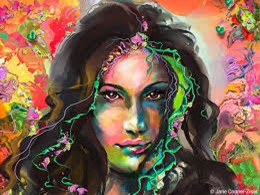
Digital tools have revolutionized the practice of ink wash painting, providing artists with unprecedented flexibility and control. Specialized software such as Adobe Photoshop and Procreate allows artists to adjust brush settings, layer opacity, and blending modes, enabling them to achieve a wider range of textures, effects, and creative possibilities.
Brush Libraries and Resources
Digital artists access a wealth of brush libraries and online resources. Platforms like Gumroad or Adobe’s Creative Cloud offer brush packs created by artists, providing a wide array of brushes suitable for ink wash emulation. Digital ink wash techniques encourage a unique creative process, where artists must carefully consider the composition, brushwork, and tonal variations of their digital paintings. The process demands patience, precision, and a keen eye for detail, rewarding artists with captivating and expressive digital artworks that capture the essence of traditional ink wash painting.
High-Resolution Platforms
Working on high-resolution screens ensures fidelity and precision in digital ink wash art. Artists use devices with excellent color accuracy and resolution to capture the subtleties and nuances of their artworks.
Impact and Evolution
Preservation of Tradition
Digital mediums serve as a means of preserving and evolving traditional art forms. Artists honor the legacy of ink wash techniques while embracing the advancements of technology.
Diverse Creative Applications
Digital ink wash techniques find applications in illustration, concept art, comics, and even animation. Their versatility allows artists to apply these effects across various creative fields.
Conclusion
The fusion of traditional ink wash techniques with digital mediums offers artists a dynamic platform to express their creativity. By harnessing digital tools, manipulating brushes, and mastering layering and transparency, artists achieve breathtaking ink wash effects digitally. As technology evolves, these techniques will continue to evolve, empowering artists to delve deeper into the nuanced and captivating world of digital ink wash art, perpetuating a timeless tradition in a modern landscape.



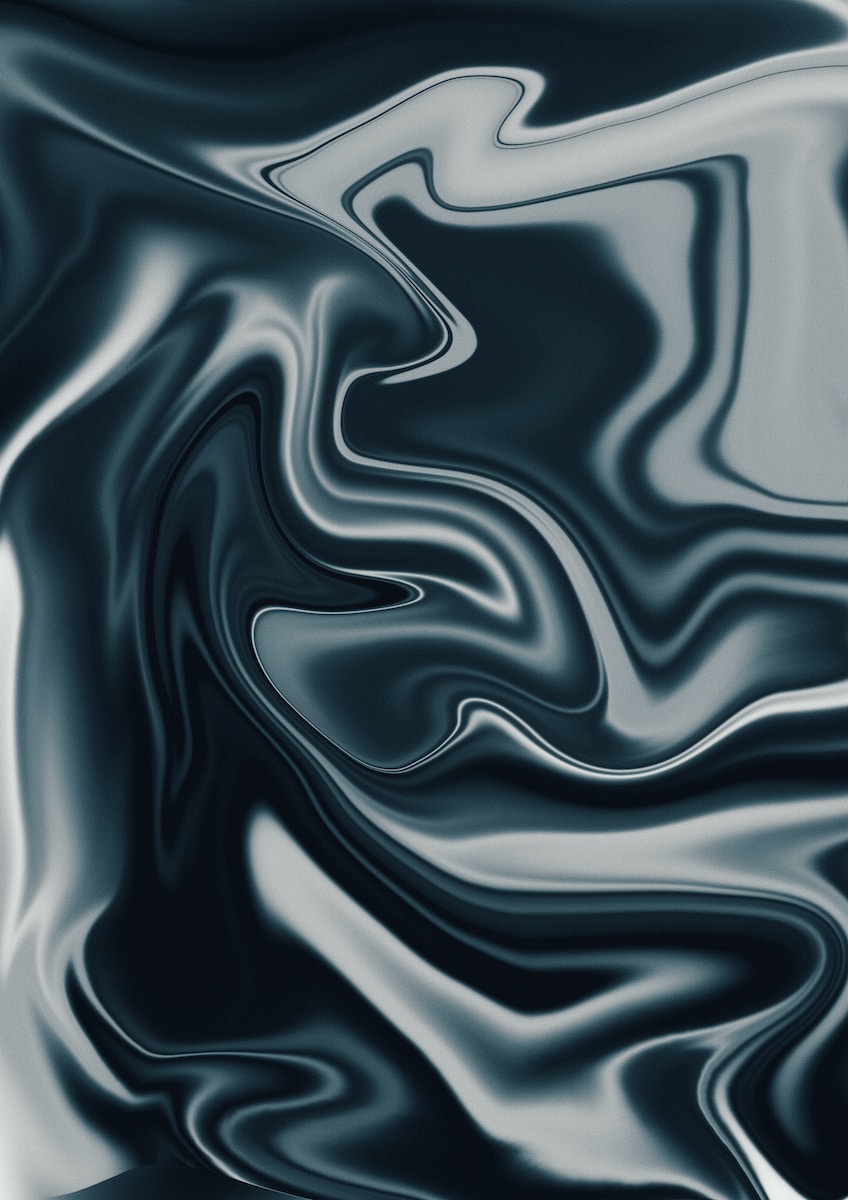
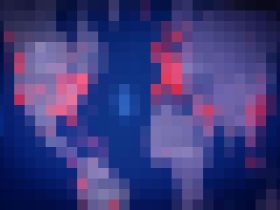
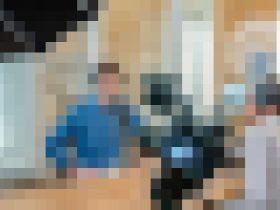


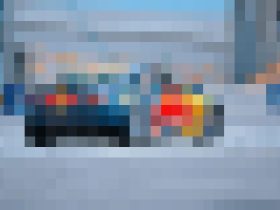

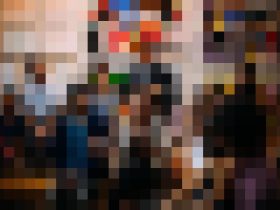



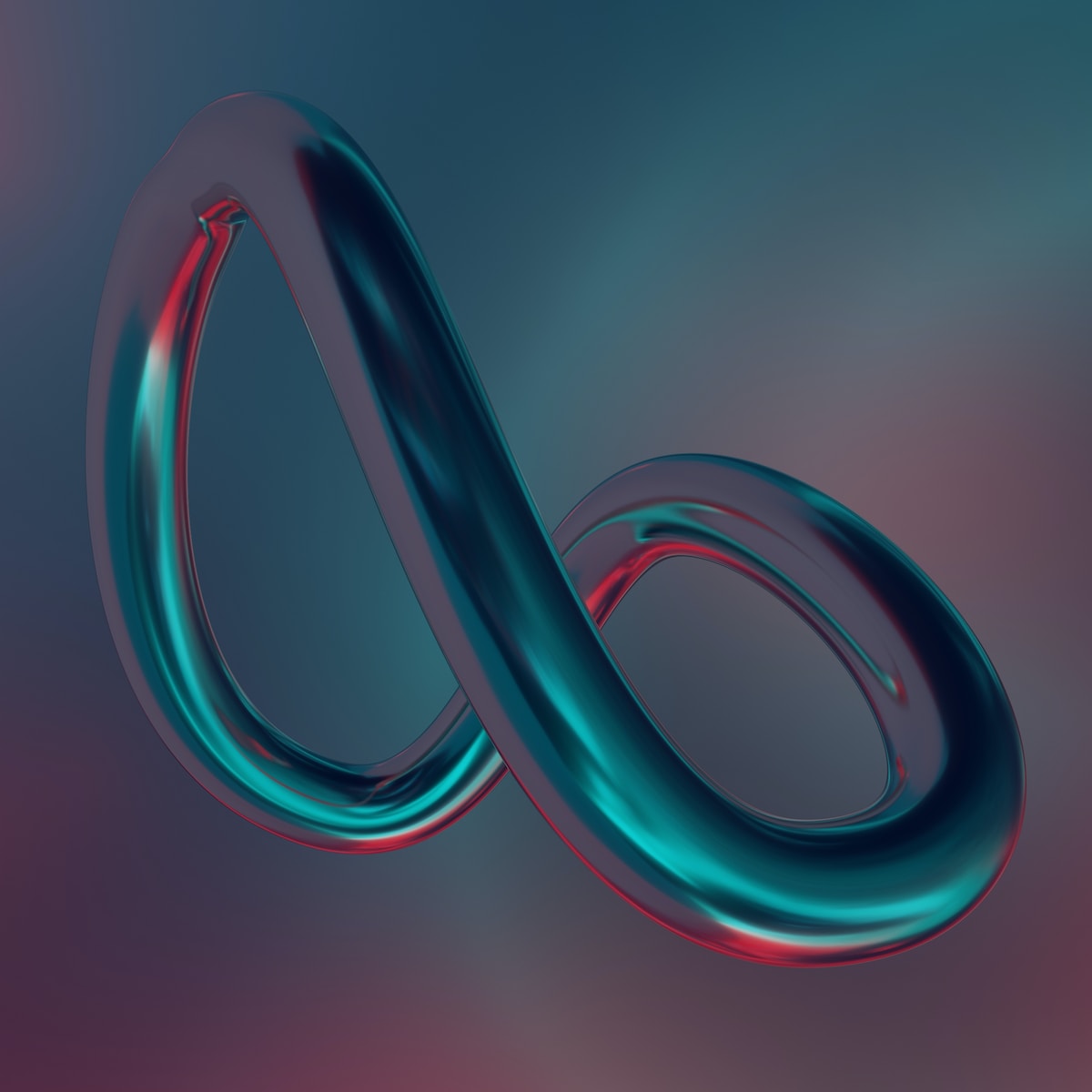
Got a Questions?
Find us on Socials or Contact us and we’ll get back to you as soon as possible.